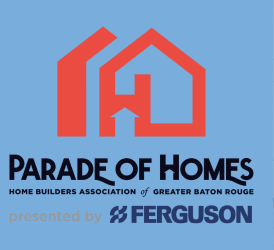
In residential construction, post-tension foundations are associated with concrete foundations resting on the ground, or slab-on-grade foundations. If your home is raised off the ground on piers, you most certainly do not have a post-tension foundation.
However, it is possible to construct a post-tension foundation on a raised dirt pad surrounded by concrete or concrete masonry block walls, also known as chain walls or stem walls.
Most commonly though, post-tension foundations will look like typical slab-on-grade foundations. The visual signs of a post-tension foundation are subtle, but easy to spot if you know what you are looking for.
Walk around the exterior of the house looking for an area where at least 6 inches of the concrete slab is exposed above the dirt, soil, or grass.
About every four feet along the slab, you may see either two small rust spots a few inches apart, or a concrete patch a few inches in diameter. One side of the slab will have the rust spots and one side will have the patches.
The rust spots are where nails attached the embedded ends of the tension cables to the foundation form boards during the initial construction. The opposite end of the cables extended outside the form. Once the concrete reached a pre-determined strength the cables were tensioned, the extra cable cut off, and the hole patched with concrete. This tensioning of the cables after the concrete foundation is poured is where the term post-tension is derived.
HOUSETIPS‘ goal is to help homeowners understand their home’s various systems and provide insight into common and unusual problems that may arise. If you have any questions, please contact us today!



